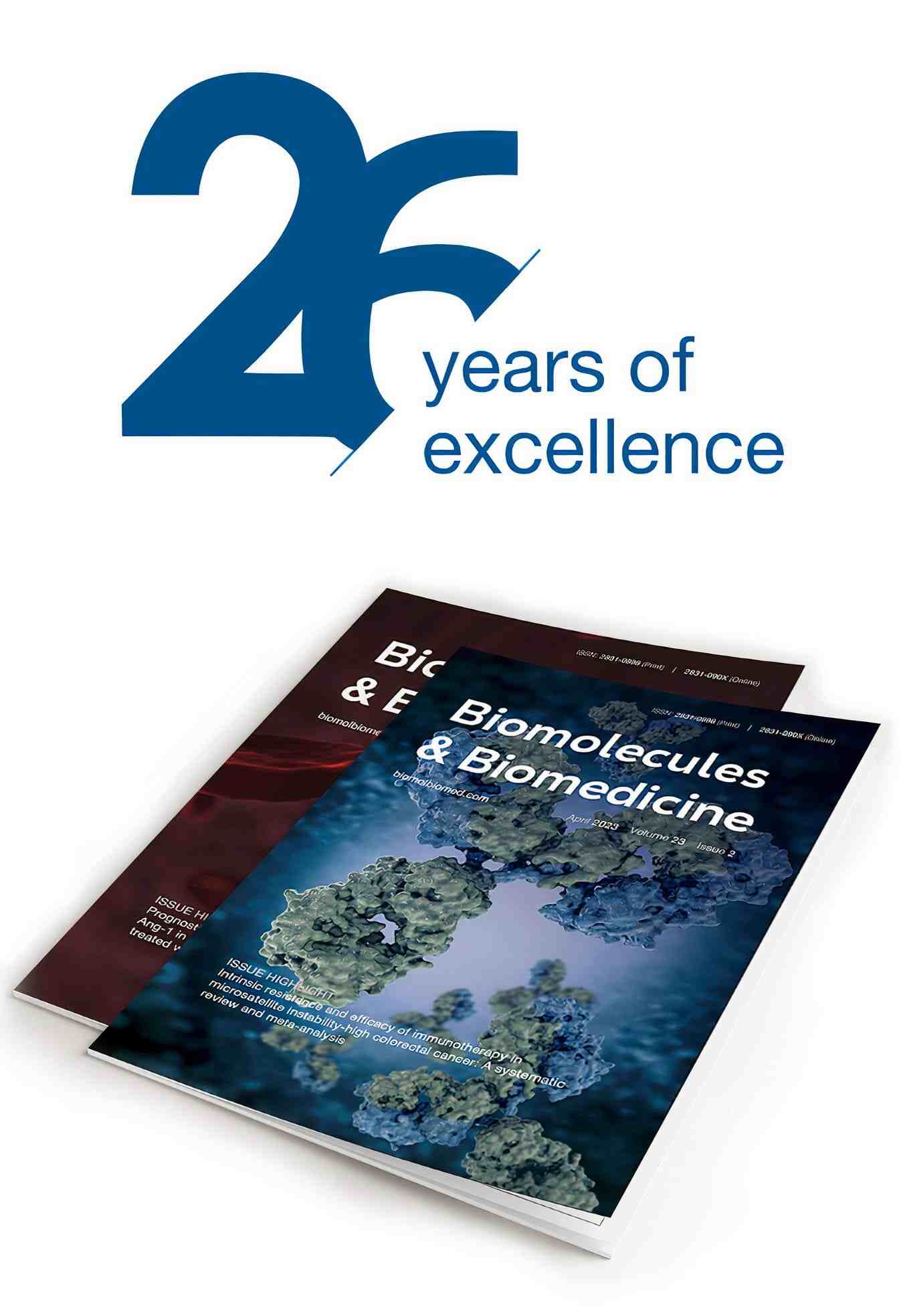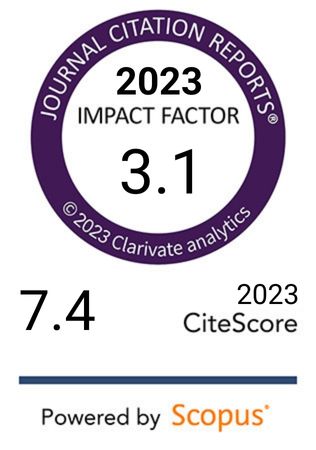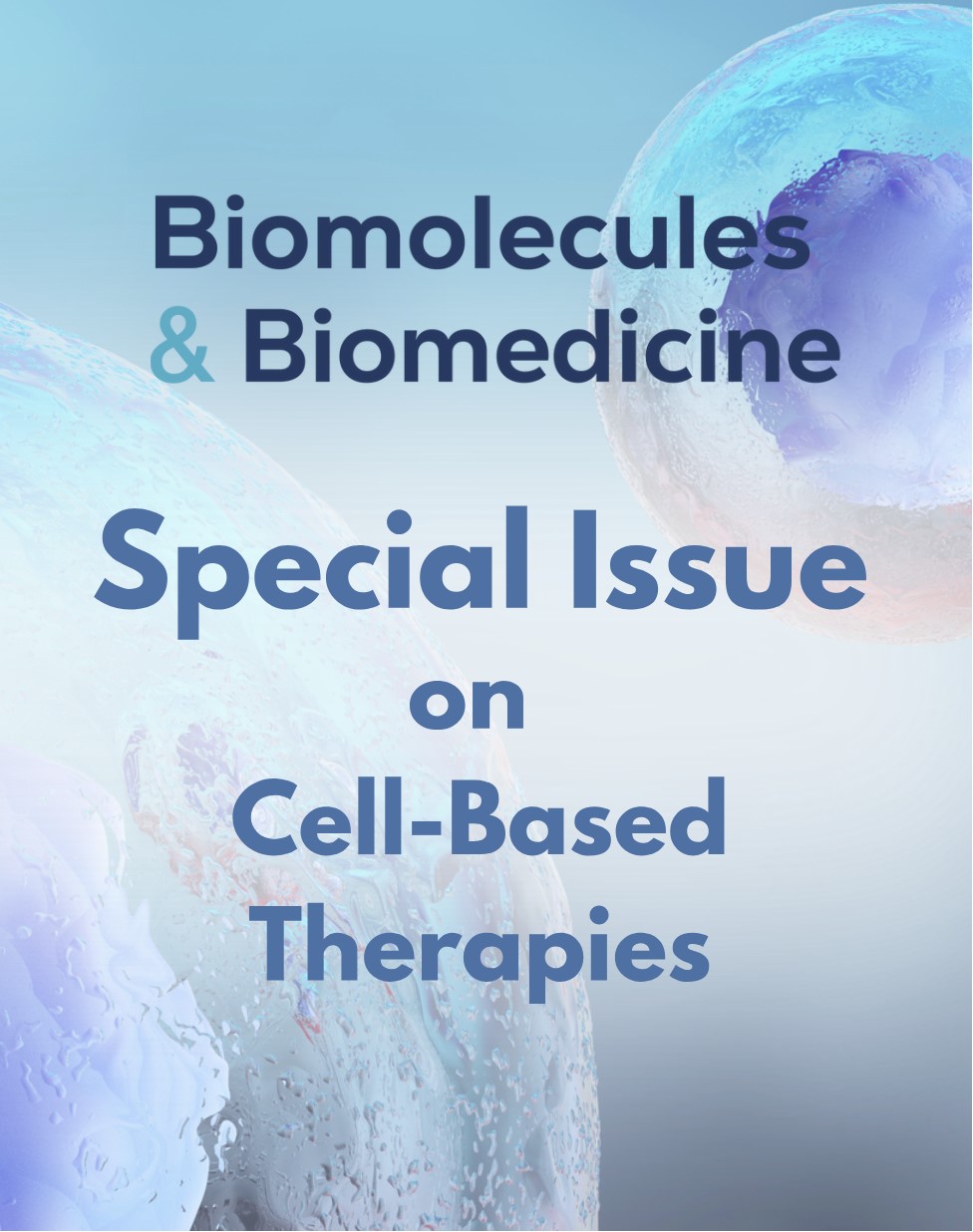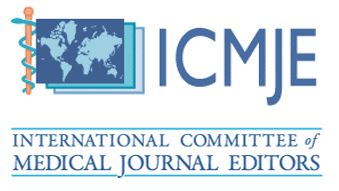Predictive value of TGF-β1 and SMAD-7 expression at diagnosis for treatment response in low-risk myelodysplastic syndrome
DOI:
https://doi.org/10.17305/bb.2025.11564Keywords:
Myelodysplastic syndrome, MDS, Mothers against decapentaplegic homolog 7, SMAD-7, Transforming Growth Factor Beta 1, TGF-β1, erythropoietin stimulating agent, ESAAbstract
Myelodysplastic syndrome (MDS) is a clonal hematopoietic stem cell disease. Supportive treatments, such as erythropoiesis-stimulating agents (ESAs), are commonly used in patients with low-risk MDS. This study aimed to retrospectively assess the impact of bone marrow Mothers against decapentaplegic homolog 7 (SMAD-7) and transforming growth factor beta 1 (TGF-β1) protein expression on prognosis and response to ESA treatment in patients with low-risk MDS. We retrospectively analyzed patients diagnosed with low-risk MDS at the adult hematology department of Bursa Uludağ University Hospital. A total of 56 patients classified as low or very low risk were included in the study. Immunohistochemical analysis of bone marrow specimens at diagnosis showed that only five patients (9.8%) exhibited low SMAD-7 staining, while 51 patients (90.2%) showed no staining. Regarding TGF-β1 staining, 18 patients (32.1%) demonstrated moderate to high staining, whereas 38 patients (67.9%) exhibited low (36/38) or no staining (2/38). A statistically significant correlation was found between TGF-β1 staining levels and ESA treatment administration (P = 0.011). Additionally, a significant relationship was observed between lower erythropoietin (EPO) levels and moderate to high TGF-β1 staining (P = 0.04). However, when TGF-β1 staining status was compared with first- and third-month treatment responses in patients receiving ESA therapy, no significant difference was detected between groups. These findings suggest that while TGF-β1 alone may not be sufficient to predict ESA treatment response, additional parameters related to the TGF-β/SMAD pathway should be considered. Strong TGF-β1 staining, alongside EPO levels, may influence the decision to initiate ESA therapy.
Citations
Downloads
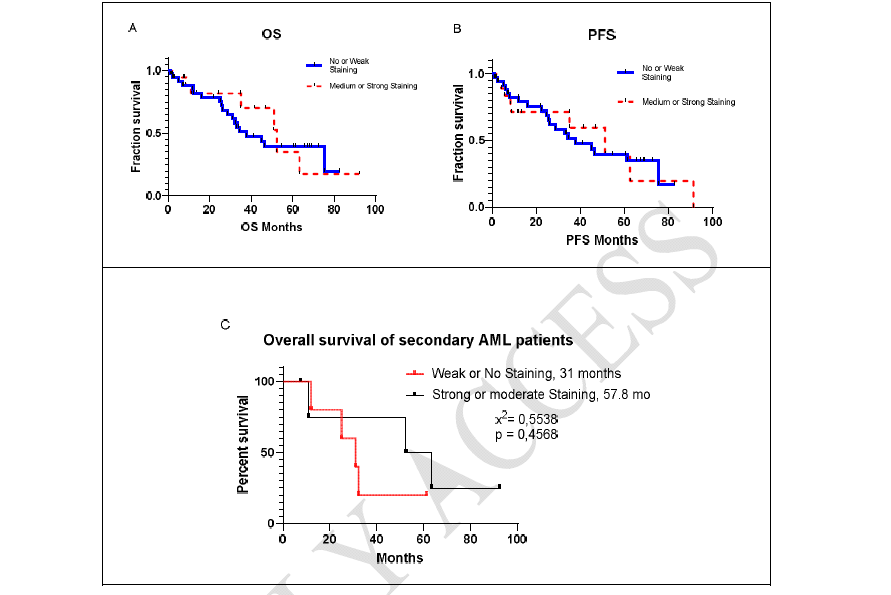
Downloads
Published
License
Copyright (c) 2025 Bedrettin Orhan, Hülya Öztürk Nazlıoğlu, Oğuzhan Dik, Büşra Gürbüz, Vildan Özkocaman, Tuba Ersal, İbrahim Ethem Pınar Pınar, Cumali Yalçın Yalçın, Sinem Çubukçu, Tuba Güllü Koca, Fazıl Çağrı Hunutlu, Şeyma Yavuz, Rıdvan Ali, Fahir Özkalemkaş

This work is licensed under a Creative Commons Attribution 4.0 International License.
